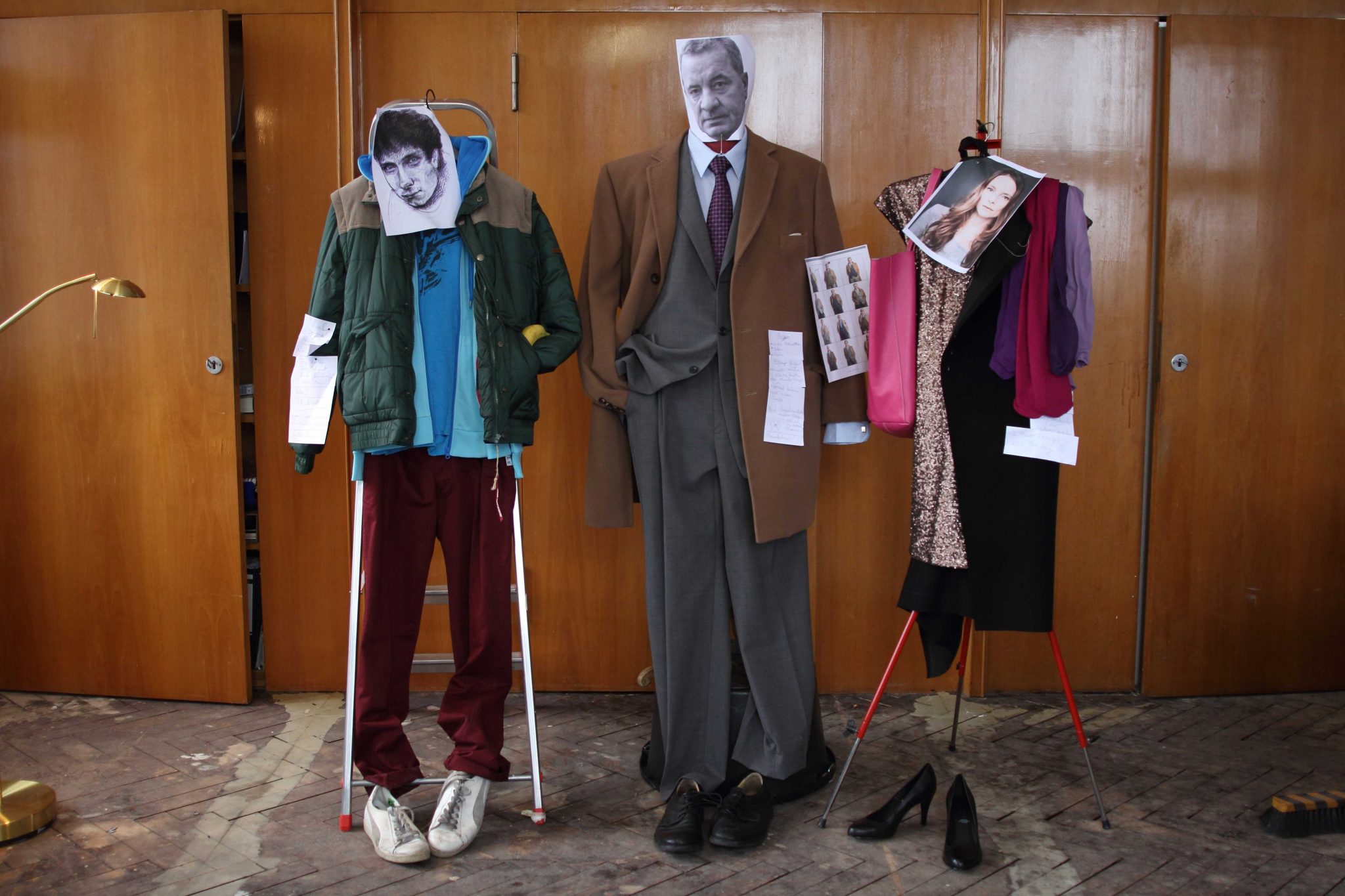ArtReview sent a questionnaire to a selection of the artists exhibiting in various national pavilions of the Venice Biennale, the responses to which are being published daily in May, in the run up to the Biennale opening. Lene Berg is representing Norway. The Pavilion is at the Galleria di Piazza San Marco, Fondazione Bevilacqua La Masa.
What can you tell us about your plans for Venice?
I am making a new film, Dirty Young Loose (Ung Løs Gris), we are editing it as I’m writing.
Are you approaching the show in a different way to how you would with a ‘normal’ exhibition?
As Dirty Young Loose was already planned before the invitation to show in Venice, it doesn’t influence the work much except that I have to finish it 4 months earlier than scheduled. But of course, Venice is a special city and the Venice Biennial is a special event and therefore there are some extra logistical challenges involved. Then again, I usually work differently from project to project and I don’t think I ever made a ‘normal’ exhibition.
What does it mean to ‘represent’ your country? Do you find it an honour or problematic?
I don’t really feel I am specifically representing Norway, primarily because I participate in an exhibition that also includes unknown works of Edvard Munch. Beware of the Holy Whore, the exhibition’s title, is inspired by a Fassbinder movie. My film is funded in Norway but shot in Berlin and has German dialogue with English subtitles. I would definitely find it problematic if there was even a hint of nationalism in the concept. On the other hand: if what I do is allowed to be part of the image of what Norway is about, I have no problem with it.
What audience are you addressing with the work? The masses of artist peers, gallerists, curators and critics concentrated around the opening or the general public who come through over the following months?
In Norwegian there is an expression from the turn of the 19th century that sort of covers it: ‘for pøbel og borgerskap’; it means something like: for the scoundrels and for the bougeoisie. The truth is I don’t really focus on a specific audience during production – it’s never worked for me. As Luis Bunuel said: ‘in the end one always makes films for one’s friends – everything else is abstract’.
What are your earliest or best memories of the biennale?
Hans Haacke’s Germania in 1993. The photograph of Hitler and his entourage at the opening of the Venice Biennale in 1934 is a reminder of the symbolic value of an event like this and of art in general. Artists tend to think they work independently of political structures, but Haacke and others have demonstrated the importance of art and artists in terms of building social and political power and credibility. I am quite sure this will also be the case in this year’s edition.
You’ll no doubt be very busy, but what else are you looking forward to seeing?
As I have the opportunity to stay in Venice for a while I hope to be able to see almost everything, I particularly look forward to seeing the works of Alfredo Jarr and Lara Almarcegui.
